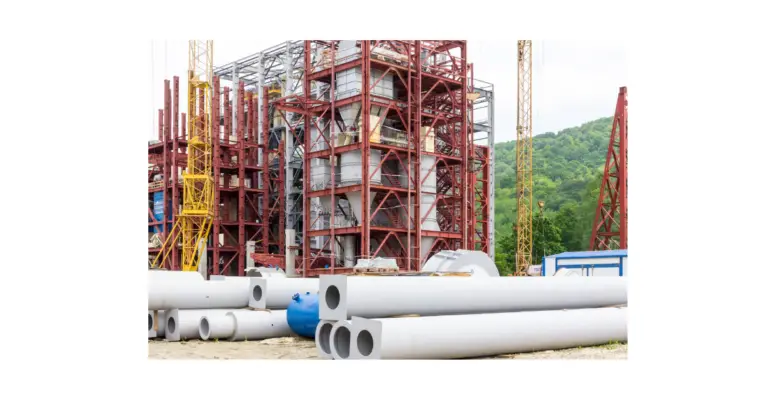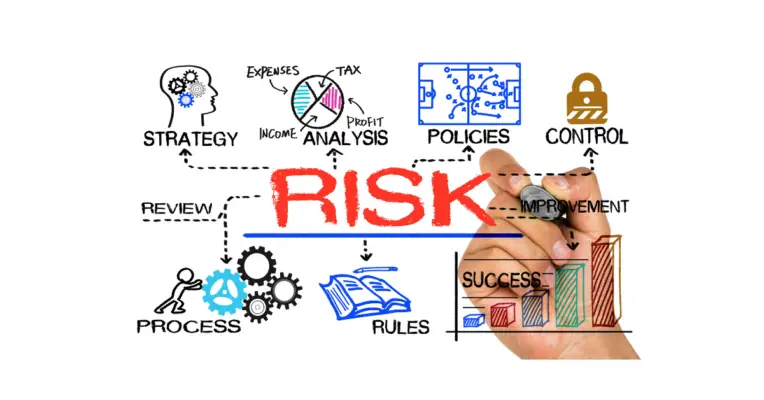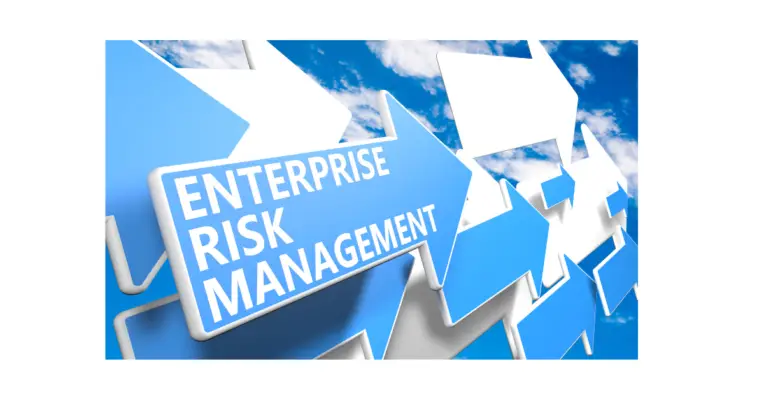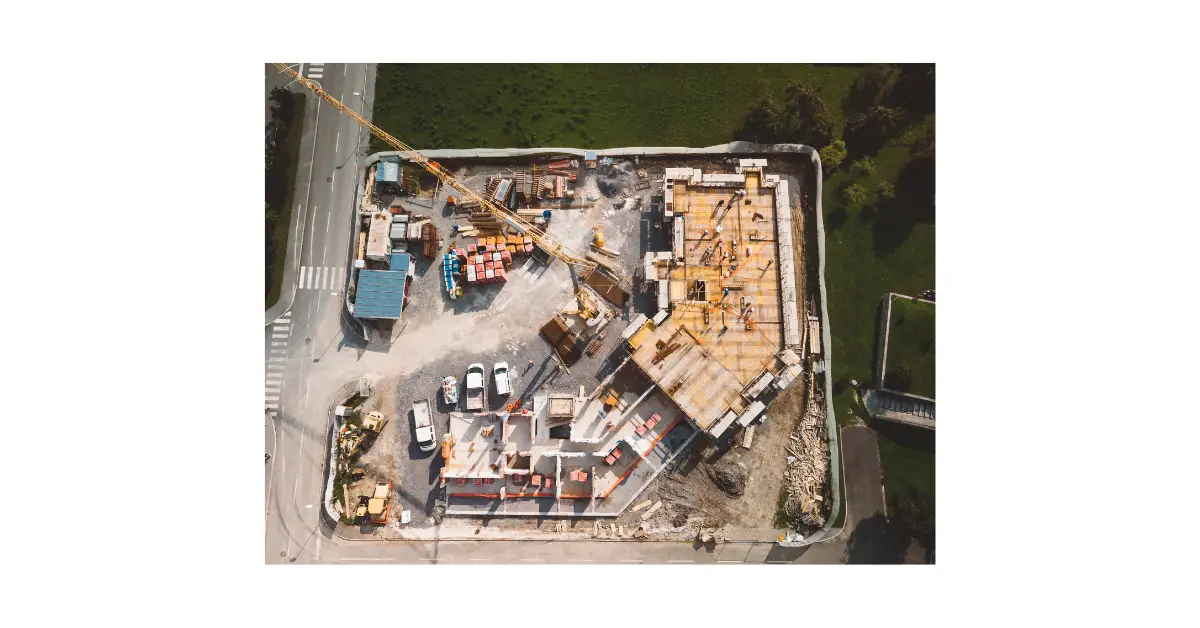Construction managers face many risks when overseeing a project. These risks can range from minor nuisances to major disasters and can occur at any stage of the construction process. The 2022 Construction Risk Management Guide is designed to help managers identify and mitigate these risks.
The guide covers various topics, including project planning, risk assessment, and safety management. It also includes a section on risk management best practices. Following this guide’s advice, construction managers can minimize the chances of project delays, cost overruns, and other problems.
Risk management is an important component in all kinds of projects, specifically construction projects. However, construction risk management requires careful attention. A project that goes badly can be a little more life-threatening than a project that goes badly. An adequate construction risk management system will ensure that construction companies can meet all the requirements of construction projects.
Construction risk management refers to identifying, analyzing, and responding to risks that may arise during construction projects. Construction risk management helps project managers and other decision-makers make informed choices about how to allocate resources and manage risks during construction projects
Risk Management assists construction companies in identifying and preventing significant issues during a project’s completion. It helps create your strategy to manage your risks effectively. Construction accidents are huge.
The construction industry is full of accidents, according to past projects. For example, the problem-plagued Las Vegas center was the cause of six deaths, and the workers’ strike lasted until 2000. In 2006 a 10-tonne building structure fell onto streets at height and killed three people. Fifty-one of their employees died after the cooling tower fell in 1978 and the collapse occurred.
In 2020, over 1000 workers died on construction sites. Construction companies cannot afford to stress the importance of implementing comprehensive construction risk management plans. Find out about leading construction risk factors and techniques for managing risk on construction sites.
Types of Construction Risks
Construction risk management involves knowing what types of typical risks are involved. Risks can be classified into contractual, financial, operational, or environmental.
Here are the risks we will be discussing here. We will go over them all and discover what their impacts might be on the construction process.
Project Risks
Construction projects are rife with risks that can jeopardize the outcome, schedule, and budget. Project risks can be broadly classified as internal or external.
Internal risks are under the control of the project manager. They include change orders, contractor performance, and bad weather. External risks are out of the project manager’s control and might include labor strikes, material shortages, and natural disasters.
Effective risk management plans will identify risks and put mitigation strategies in place to minimize their impact on the project. Individual project risk will undergo risk reduction.
Project risks are different project managers’ risks encountered for many project types. As a manager, you must evaluate the project thoroughly so it can be completed smoothly during the process.
Safety Risks
Several safety concerns are associated with any job site. Safety risks can be divided into two main categories: those that pose safety hazards to workers and those that pose a danger to the public.
Workers are at risk of being injured by falling objects, electrical shocks, and exposure to hazardous materials. The public is at risk of being injured by falling debris or by coming into contact with dangerous materials or equipment.
To minimize the risks associated with construction work, workers and the public need to be aware of the potential hazards. Workers should always wear appropriate safety gear and be appropriately trained to operate any machinery or equipment they use safely.
The public should be aware of construction activity in their area and should avoid walking or driving near active construction sites. It is also important for the safety of workers that the safety of the employees is a very significant type of risk.
Legal risks
Managing the building process involves various constraints such as costs, timescales, and size. However, there’s also another more pressing constraint: legal risk. The resulting legal limitations can lead a company to lose a project or completely change its direction.
Environmental risks
Construction projects are risky, and when environmental issues impede them, it is often disastrous. Several environmental problems have arisen. You cannot prevent a natural disaster; prepare for it properly so that there’s less risk of causing a natural disaster.
Financial risks
It’s tough to manage financial projects with millions of dollars of investments, and it doesn’t matter how much you’re willing to risk. It would help if you, therefore, managed your finances to enhance financial flow before you finish the project

What causes construction risks?
There are many risks associated with construction projects; as anyone in the industry can attest, One of the most common risks is accidents. With so many workers and heavy machinery on site, it’s not surprising that accidents happen. Other risks include weather damage, material shortages, and financial problems.
Construction projects are also often plagued by delays, which can be costly. In some cases, faulty construction can even lead to injuries or fatalities. All of these risks must be considered when planning a construction project. By being aware of the potential dangers, construction companies can take steps to avoid them.
Construction Risk Management
Here is a list of the various stages of the risk management process which can be used to build a construction risk management plan. The risk management process used in construction projects follows the ISO 31000:2018 Risk Management standard. Let us examine each step thoroughly to learn the best possible ways of creating a risk management system.
Identification
The first stage of risk management involves finding out if any scope creeps could occur during a given development process. You must do a good study and speak to your construction team about any issues they have encountered. Not all risks might be captured at risk identification.
Similarly, the project manager should look up any data about previous projects that might be similar to you. It should be a helpful guide to editing and upgrading project design to avoid the potential scope creeps or risks.
Evaluation
You must assess all the risks to ensure that your project has the right team and resources for the job. It may be helpful to evaluate risk by using an assessment matrix to show if a particular project has the highest risk.
Mitigation
The mitigation phase includes implementing a contingent strategy to minimize the risk of potential scope creep that lingers on a project or a potential project. The priority of the most significant risks is those most likely to affect the project and those with the most impact.
For ease of use, this risk requires the owner, who is responsible for finding the dangers and managing these risks. There are various strategies to handle risks. Examples include;
- Enhanced safety through employee safety awareness sessions
- Transfer the risk for high probability risks
- Create a risk management plan
- Avoid risk
Monitoring
Monitoring the risks in the project is an ongoing process. Usually, these steps are required each time because failure can cause disastrous consequences to a building system.
To reduce the risk, stakeholders must get involved. ProjectManager software is used for project management and task management. It helps scope out and manage a project’s different risks and scope creeps.

Benefits of Construction Risk Management
Improved efficiency at work
Building the construction risk management strategy helps you assess every project’s risks. Therefore, your employees learn how to reduce risks and work more efficiently.
Better safety
By using a risk management plan, your employees can follow all safety standards at the construction site, thus minimizing the chance of safety hazards.
Saving time and resources
Ultimately, the project team will become confident that they are properly managing all the risks of different projects. It’s an excellent way to save money.
More profits
Despite uncontrolled risks harming profits, managing risk effectively reduces costs and ultimately increases profits.
The risk you take could damage your business’s profit margins. Nevertheless, a comprehensive risk management program can help reduce these risk areas. Optimal operations increase profitability and reduce costs while increasing the quality of the project.
Streamlined operations
Once the planning process for a project management strategy begins, this will simplify the evaluation and management of your project. Having the ability to make decisions improves the efficiency of the business.
Higher confidence in projects
Using the right strategies helps the team build their confidence with time and balance potential risks. Because a team is capable of planning and fixing a problem, time and resources can be saved.
Enhanced security
Risk management plans are designed to ensure the team follows all safety requirements on the site. The risk of accidents is minimal, which speeds up the construction process.

Ways to manage risk on construction projects
Perform a Construction Risk Assessment
Building risk analysis is analyzed to determine the appropriate construction risk management strategy level. The assessment should identify the risk parties and promote awareness of the hazards. Every contractor has a set of standards for managing risk on a project if they are employed as a general contracting contractor or subcontracted.
You should identify the risk that relates to a specific project in detail. It should be performed during the preconstruction phase to allow time to manage possible risks.
A successful risk assessment method involves brainstorming with stakeholders and your project team. Hold this session with your team to identify potential scenarios that could impact the project. Each person will therefore be able to contribute expertise to assessing current plans.
Assign Risk Ownership
Managing risk is the responsibility of all parties involved in construction projects, from construction workers on the site to the subcontractors to the contractor who manages them. However, risk management is delegated to individuals or groups with expertise in specific areas. Risk managers may range as wide as large groups or as concentrated as individual project managers.
Prioritization of risk
One risk that could affect your building business might never majorly impact other complex projects. This depends upon two things. If a hired worker fails to complete part of their job as planned, such an event may require handling by another person. Similar to natural disasters have less likelihood of occurrence and should be treated accordingly.
Execution of Construction Risk Management Plan
A risk management plan can improve your strategy and reduce risks. There’s also detailed information on various tools and techniques that allow for reducing and accepting the risks. A comprehensive planning strategy includes resources that are allocated to each defined risk.
Risk Response Strategy Development
Generally, the risk management approach should focus on assessing resiliency to risks or potential rewards for a specific project.
Formulate Risk Response Plans
When a threat becomes known, the risk must be prepared according to each of the four principal response types. The first stage of creating a Risk Response Plan is setting a Risk triggering plan. Risk triggers are a series of events that trigger risk responses.
Monitor risks throughout the duration of the project
The final steps in risk management include monitoring the risks for the entire project. Regulatory risk monitoring must occur across the business if the risk owner is concerned. A key component of a successful risk management program is leveraging leading building tech tools.
Find out why leading solutions aim directly at minimizing risk and minimizing risk in a project. The construction sector is the riskiest segment of global trade.
Conclusion
In short, the 2022 Construction Risk Management Guide is a comprehensive resource that provides managers with all the information they need to identify and mitigate construction risks. The guide covers various topics, from project planning to safety management. Suppose you are involved in any stage of the construction process. In that case, we highly recommend that you download a copy of this guide today.

Chris Ekai is a Risk Management expert with over 10 years of experience in the field. He has a Master’s(MSc) degree in Risk Management from University of Portsmouth and is a CPA and Finance professional. He currently works as a Content Manager at Risk Publishing, writing about Enterprise Risk Management, Business Continuity Management and Project Management.

